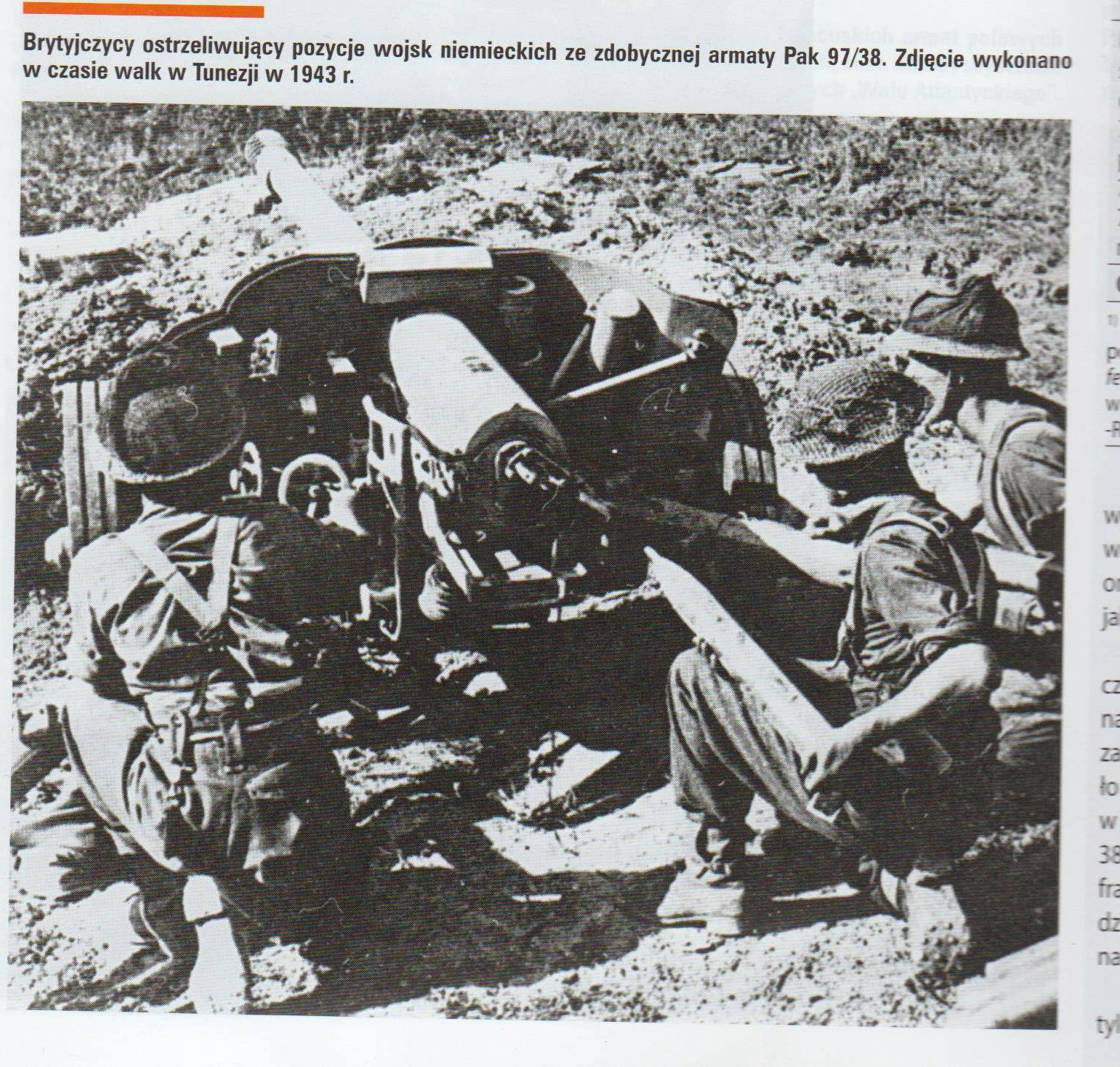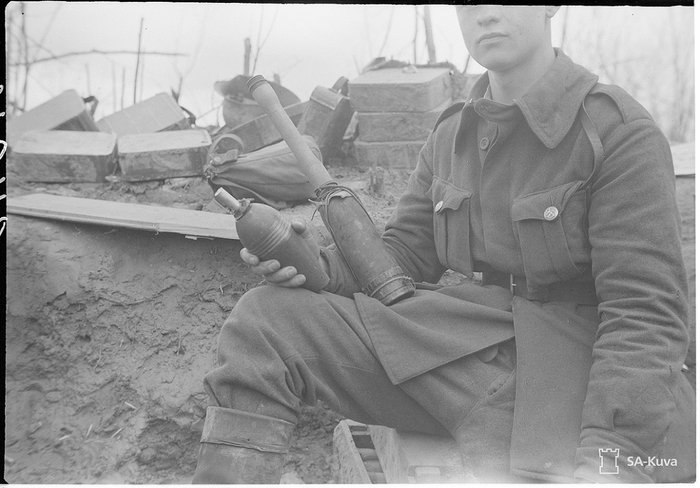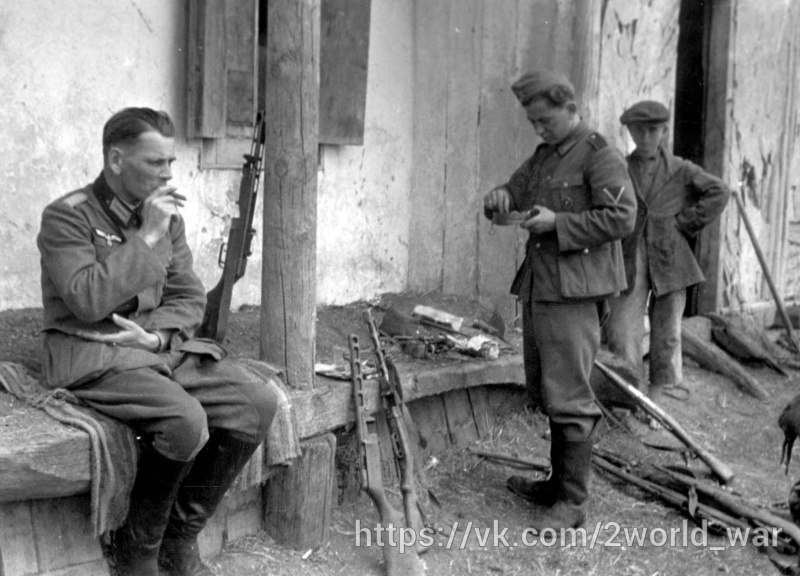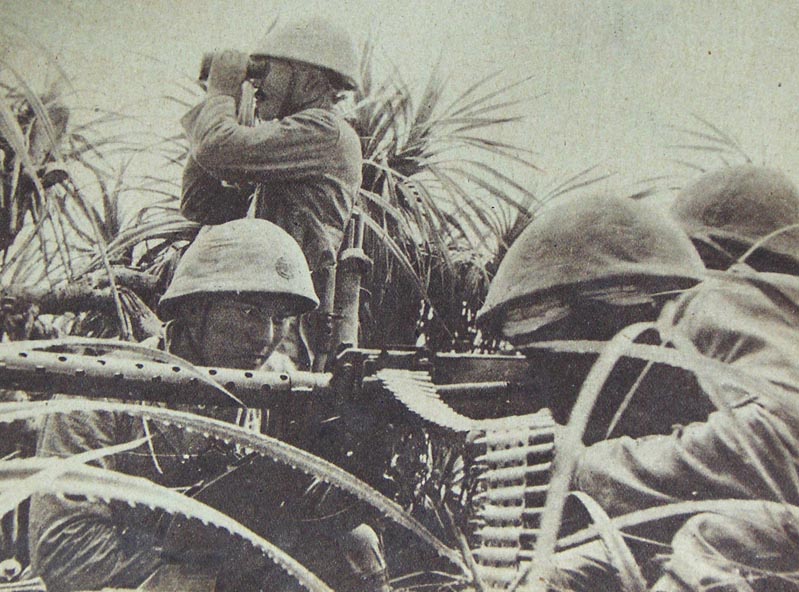You are using an out of date browser. It may not display this or other websites correctly.
You should upgrade or use an alternative browser.
You should upgrade or use an alternative browser.
The ultimate thread of rare photos with rare/captured stuff.
- Thread starter aaz777
- Start date
Maybe it's something wrong with your image hosting or you are hotlinking and they are visible just for you for short period of time.who keeps removing my pictures? this isnt funny at all.
Upvote
0
https://pp.vk.me/c630922/v630922086/40108/cG1MhpZIj9Y.jpg
captured PPD34-38 with weird mag. May be 9mm
captured PPD34-38 with weird mag. May be 9mm
Upvote
0
Upvote
0
thanks for sharing such unique pics and thanks for starting this thread nice images. Thanks.
Upvote
0
The French 75 mm field gun model 1897 is commonly considered as one of the best artillery pieces of first world war. During interwar period was widely adopted by armies of many countries, including ie: Poland, Belgium, Finland and United States (it's a father of 75mm gun on Sherman tank). In early years of WW2 the Germany captured large amount of these guns. They were used on small scale as the static defense guns in Atlantic Wall under name 7,5 cm FK 97(p) and 7,5 cm FK 97(f), but most of the guns were just send to the stock . The obsolete carriage designed for horse transport made these guns useless on modern battlefield. The situation changed in 1941, when Wehrmacht met T-34 tanks in Russia. Insufficient production rate of powerful AT guns forced Germans to create a stop-gap solution - they put these guns on modern carriage from 5 cm PaK 38. The 7,5cm PaK 97/38 was born.
The available ammunition was: few types of HE, APHE ( 7,5 cm K.Gr.Pz.Patr.(p) - ex-Polish Granat pancerny wz. 1910 with penetration about 61mm/500m, actually designed by French navy) and HEAT ( 7,5 cm Gr. 97/38 Hl/C with penetration value of 90mm). These guns were unsuccesful - AP ammunition was not better than used in 5 cm PaK, HEAT had very curved trajectory due to low velocity, HE was rather potent, but also the least important. Light German carriage was to weak for such a powerful gun so malfunctions were rather common. 3712 of these guns were made and used on the most theatres of second world war.

On the photo: British troops in Tunisia firing from captured gun, 1943
The available ammunition was: few types of HE, APHE ( 7,5 cm K.Gr.Pz.Patr.(p) - ex-Polish Granat pancerny wz. 1910 with penetration about 61mm/500m, actually designed by French navy) and HEAT ( 7,5 cm Gr. 97/38 Hl/C with penetration value of 90mm). These guns were unsuccesful - AP ammunition was not better than used in 5 cm PaK, HEAT had very curved trajectory due to low velocity, HE was rather potent, but also the least important. Light German carriage was to weak for such a powerful gun so malfunctions were rather common. 3712 of these guns were made and used on the most theatres of second world war.

On the photo: British troops in Tunisia firing from captured gun, 1943
Last edited:
Upvote
0







